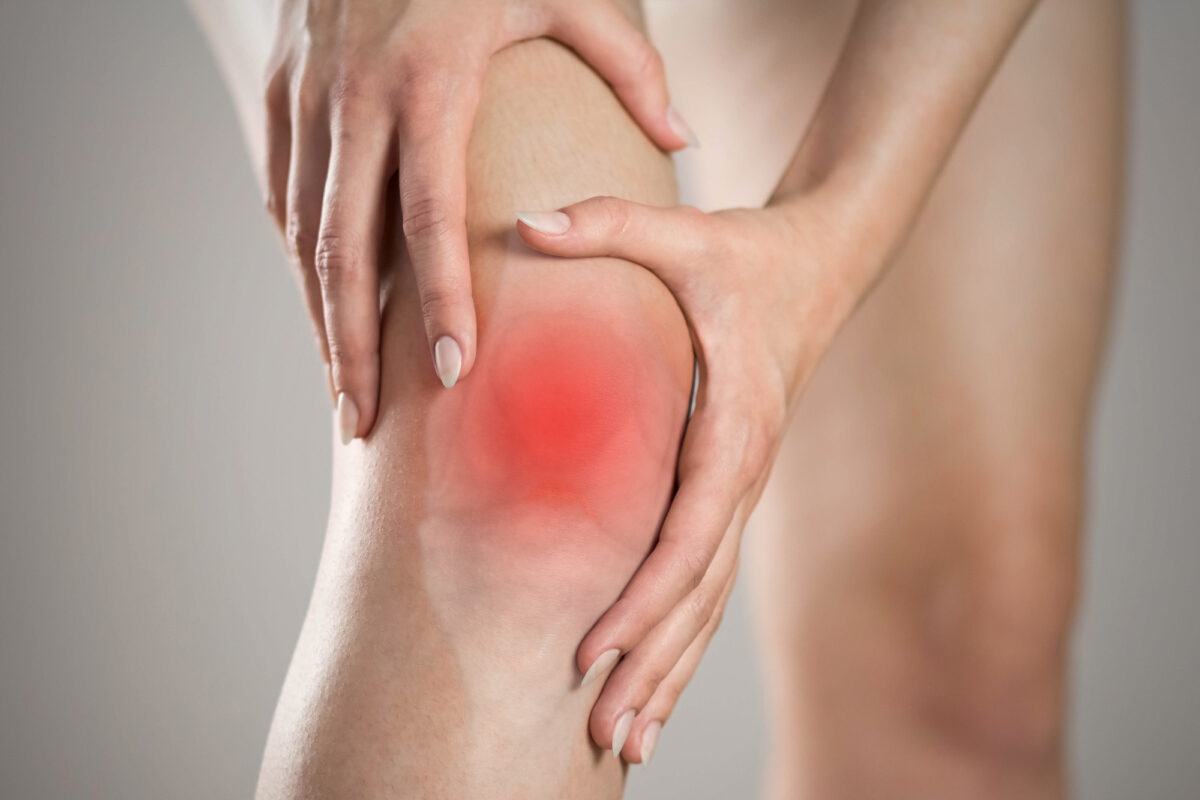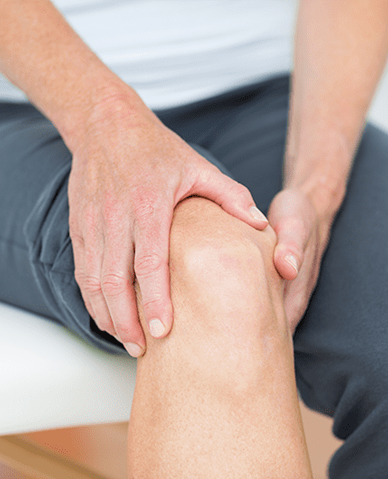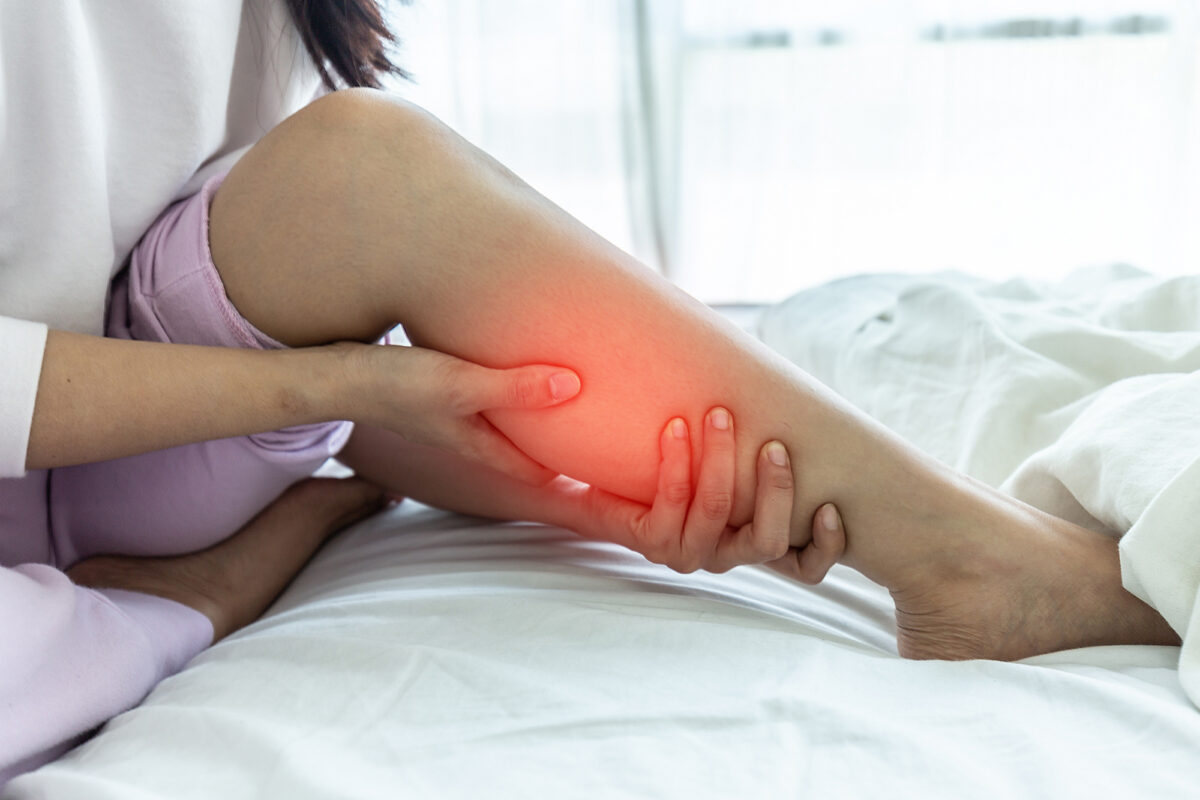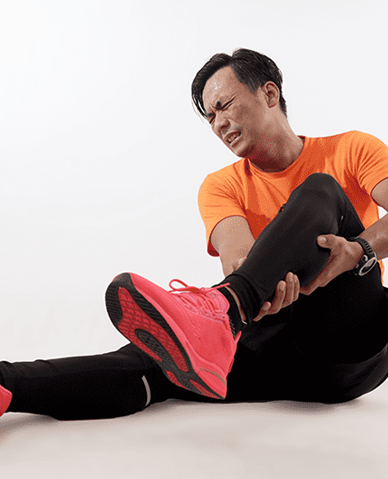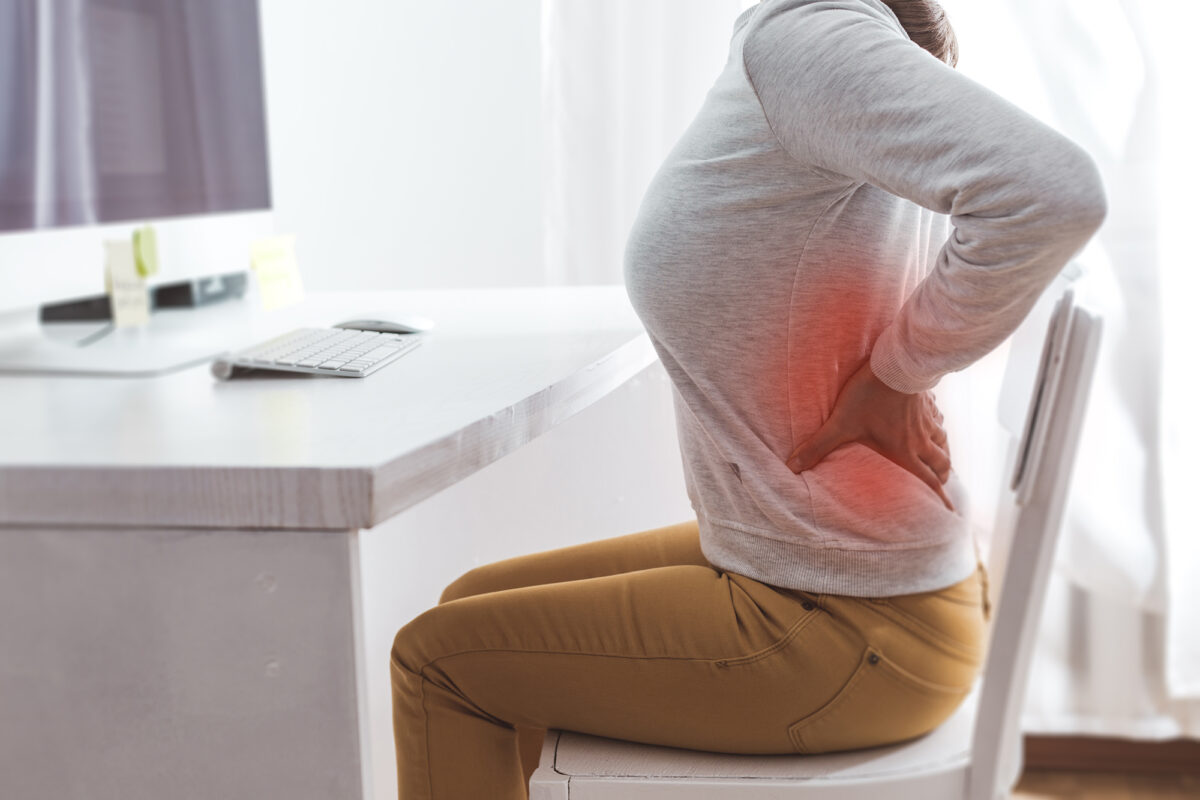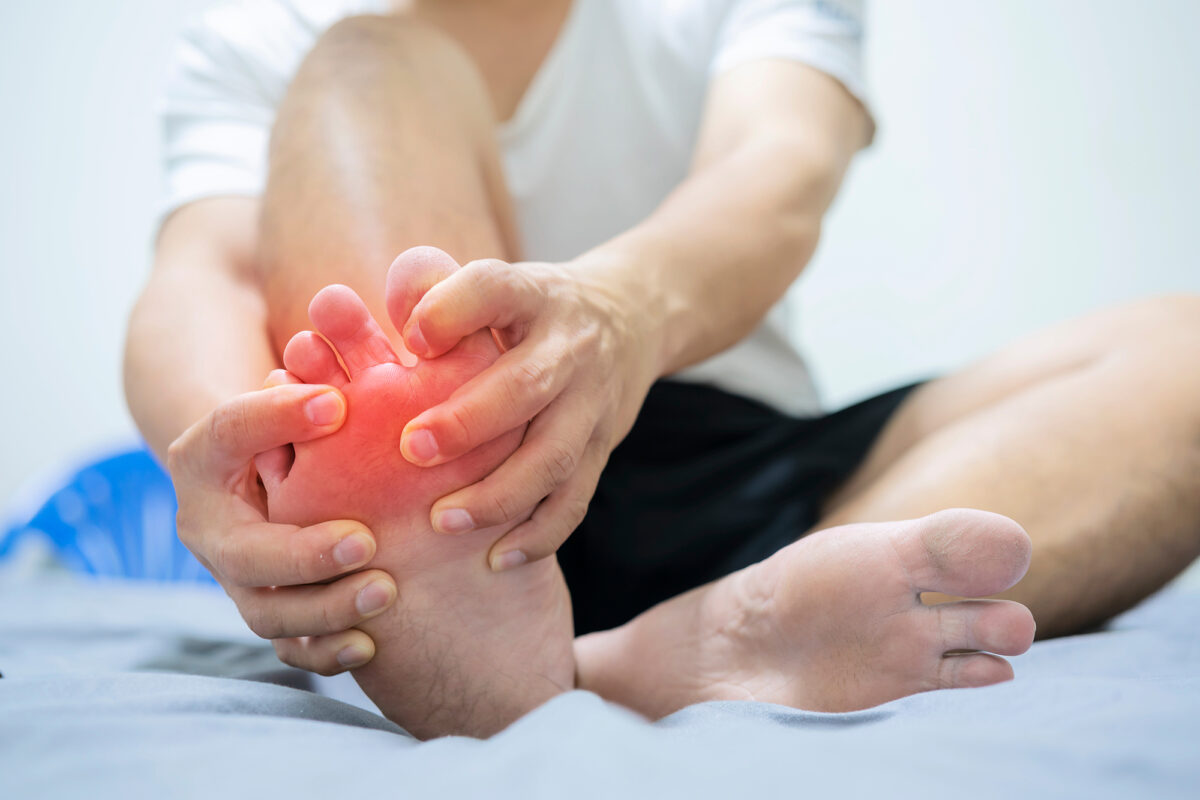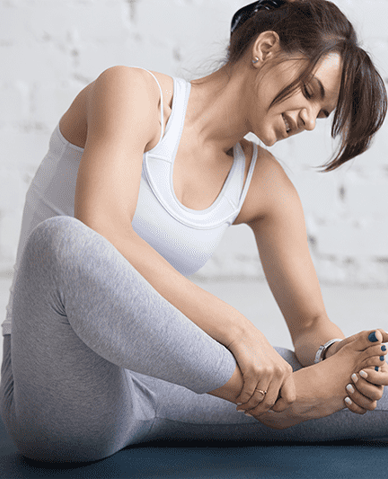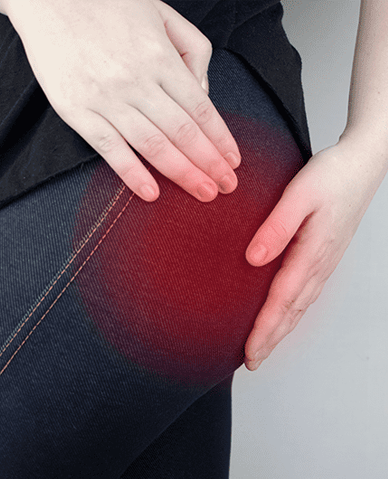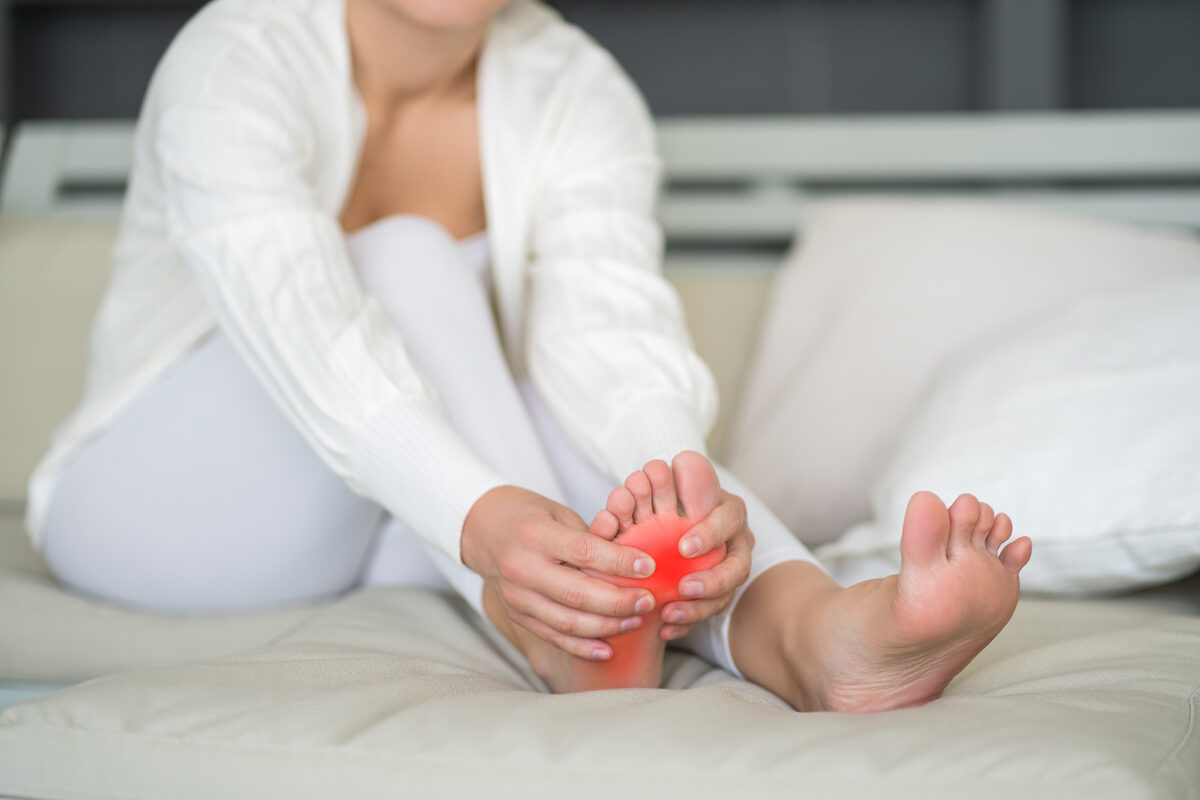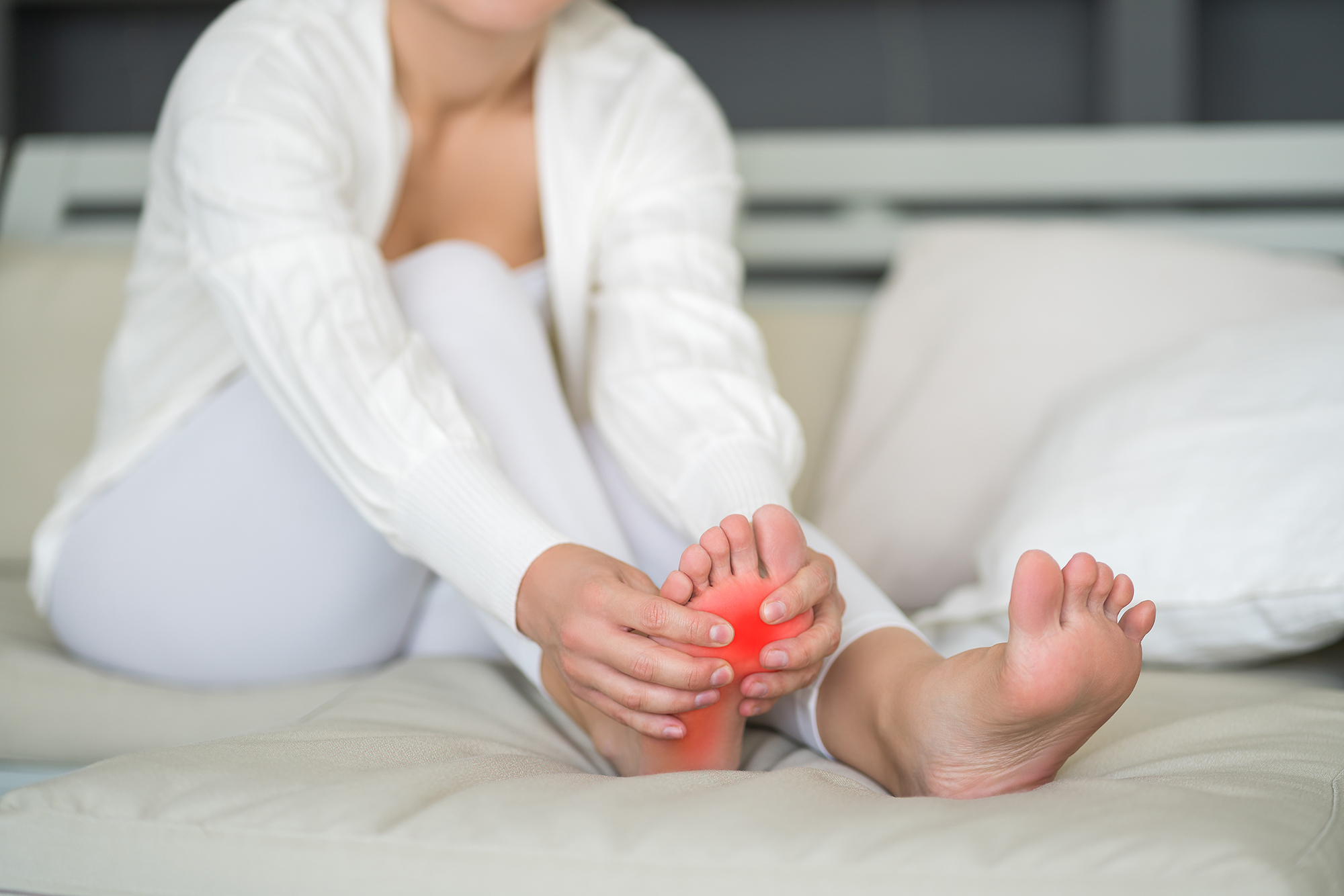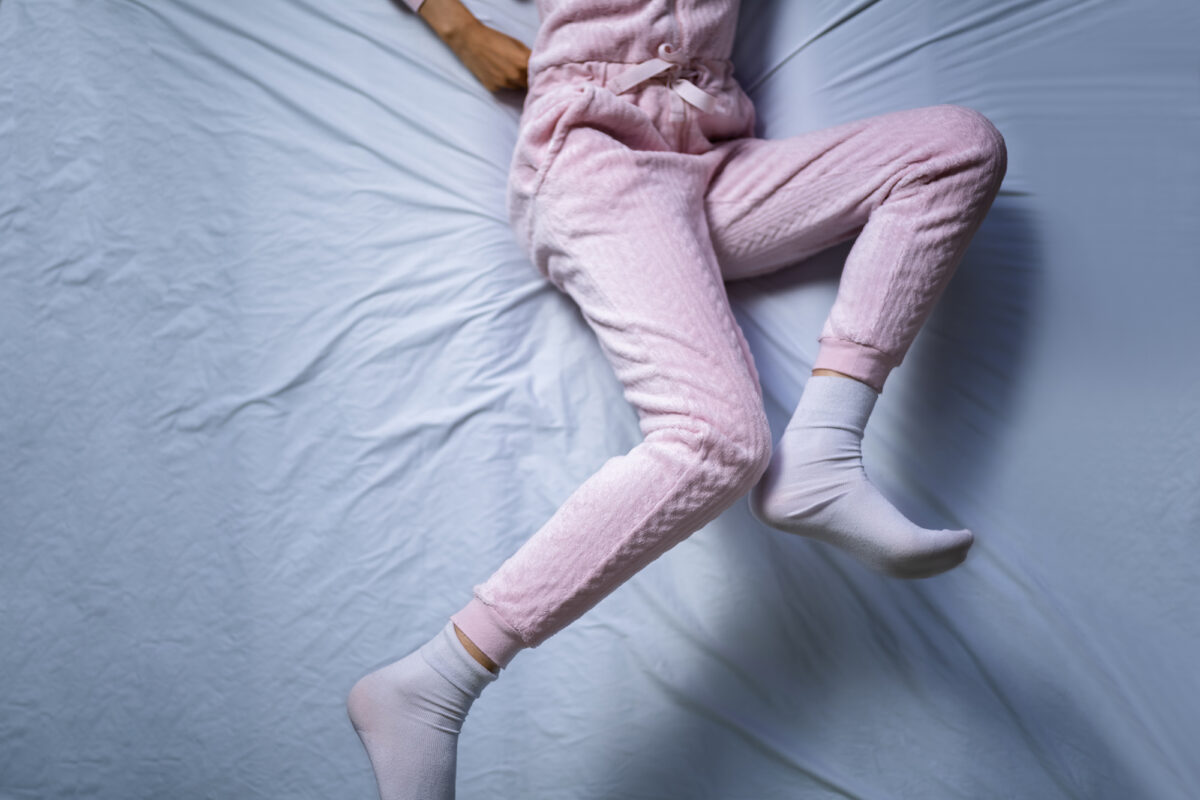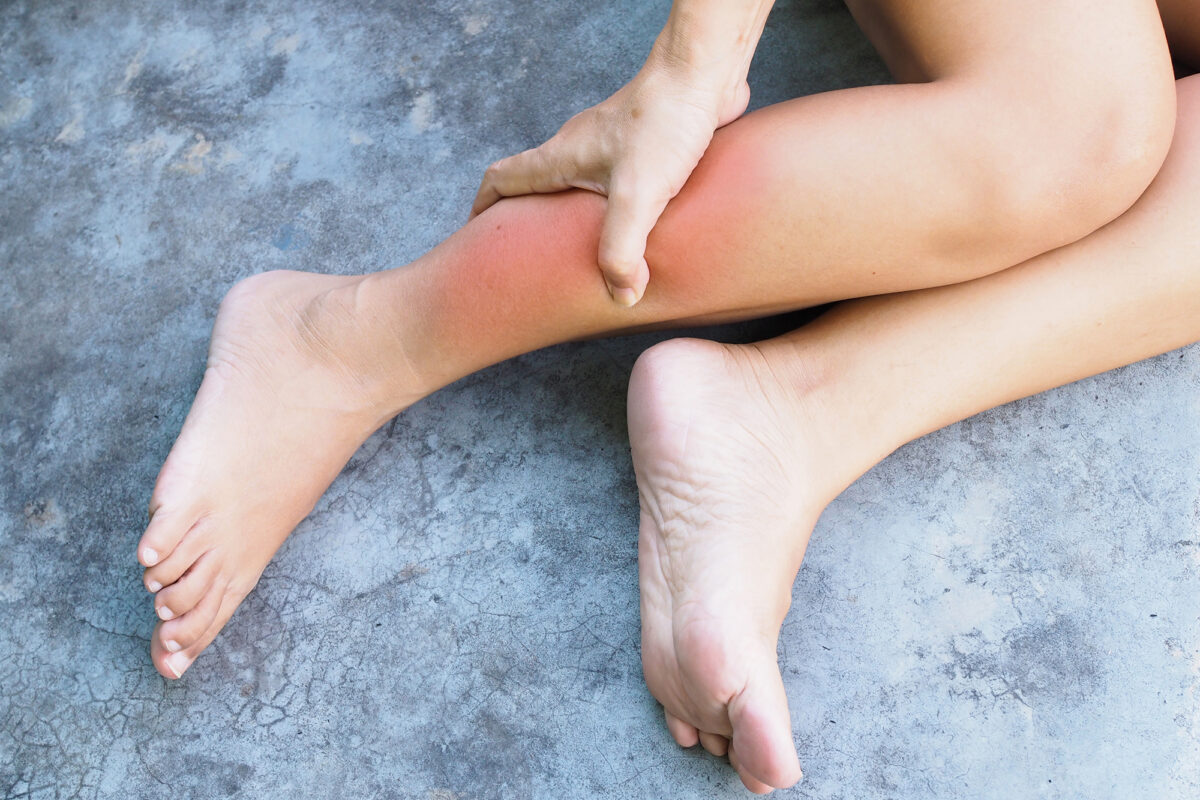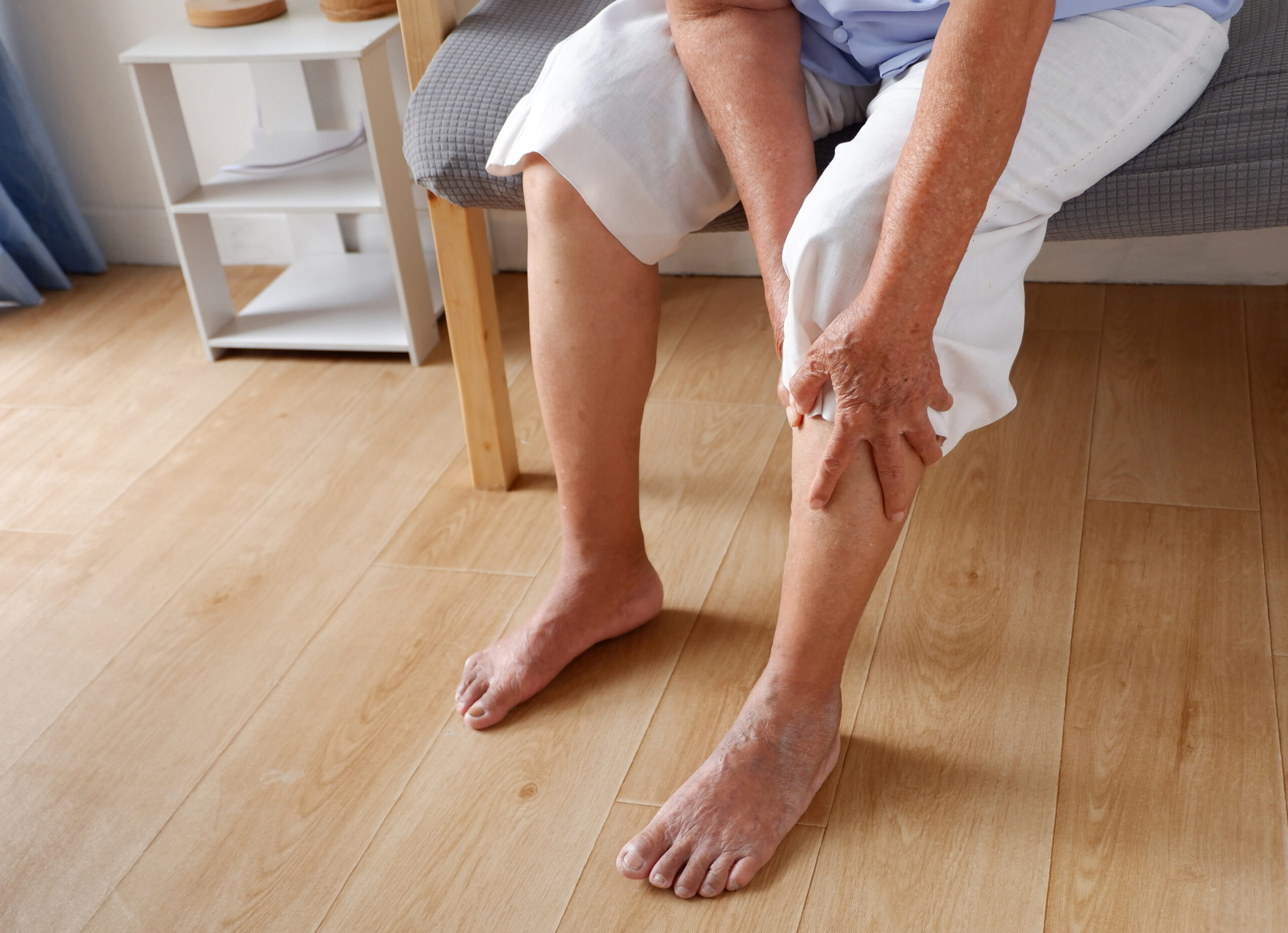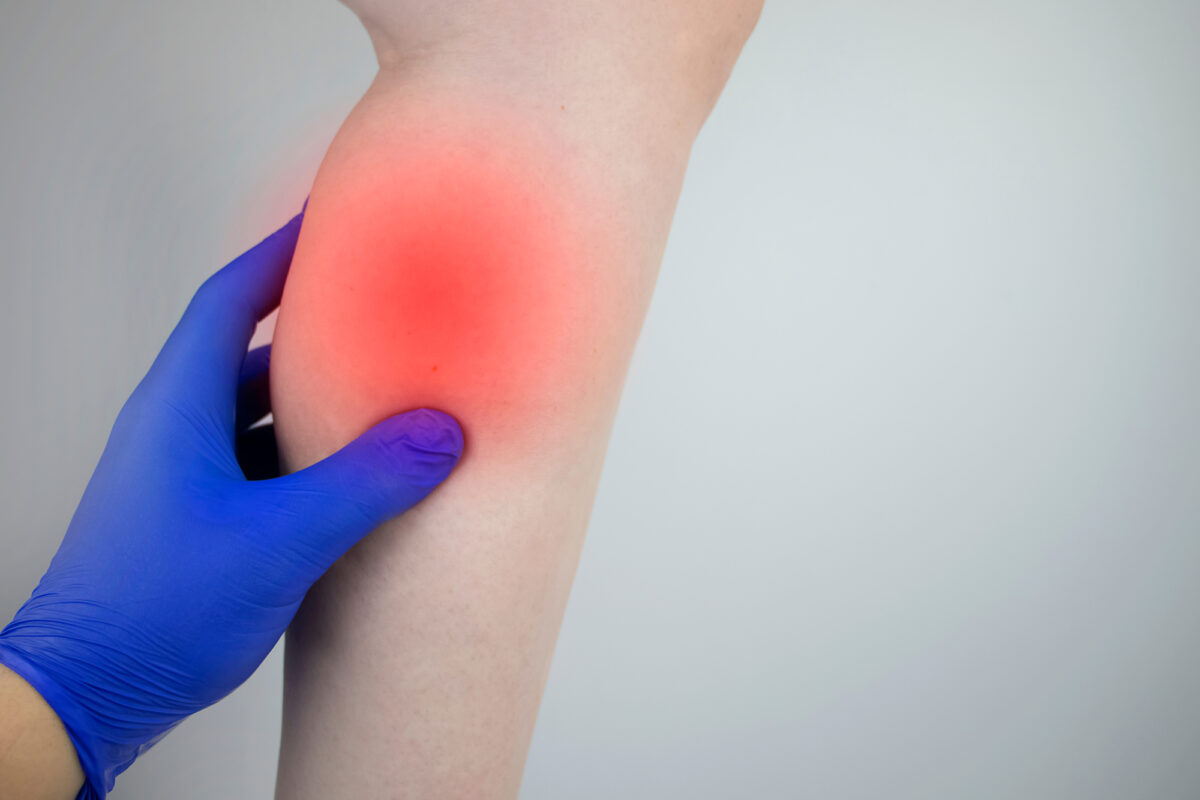NY & NJ’s Go-To Hip Pain Specialist
Why You May Need a Hip Pain Specialist
Hip pain — which is a common problem affecting people of all ages — can be caused by a variety of other conditions as well, including arthritis, injuries, and overuse. Arthritis is the most common cause of hip pain. It is caused by the breakdown of cartilage in the hip joint.
Injuries can be caused by falls, sports injuries, circulation, or overuse. When it comes to overuse, this condition is especially common in athletes and people who participate in activities that require a lot of hip movement. Overuse can cause inflammation and pain in the muscles, tendons, and ligaments around the hip.
The hip joint, groin, thigh, and buttocks often experience the greatest symptoms of hip pain. Stiffness can also occur, as well as difficulty walking or moving the hip, or even a numbness or tingling feeling in your leg or foot.
Hip Pain Specialist
A hip pain specialist is a medical professional or doctor who specializes in the diagnosis and treatment of hip discomfort, achiness, and irritation that you are suffering from. Some patients see an orthopedic surgeon, sports medicine specialist, or a specialist physician (also known as a physiatrist).
Many patients find that the best doctor for hip pain is usually a physiatrist — an expert who specializes in physical medicine combined with rehabilitation. A specialist may provide non-surgical treatments or surgical options to relieve your hip pain. These options may include Medial branch block, stem cells, PRP treatment, NCV/EMG, arthroscopy, joint injection, trigger point injection, vein ablation, chiropractic therapy, and acupuncture therapy.

Non-Invasive Ultrasound: The Starting Point
If you are experiencing hip pain, it is important to see a hip pain specialist, get a proper diagnosis, and discuss treatment options. At Wellness & Pain, your hip pain specialist awaits and is prepared to help you find the best treatment for your individual needs.
A 10-minute ultrasound is a type of medical imaging test that uses sound waves to create images of the inside of the body. It is a non-invasive and painless test that can help diagnose a variety of conditions, including hip pain.
During a 10-minute ultrasound, a sonographer will apply a gel to your skin and then move a small device over the area of interest. The device emits sound waves that bounce off the tissues and organs inside your body. They will then use the reflected sound waves to create images on a computer screen. A 10-minute ultrasound is a safe and effective way to diagnose hip pain. It can help your doctor determine the cause of your pain and recommend the best course of treatment.
Here are some of the benefits of a 10-minute ultrasound:
- The images help guide treatment.
- They can help diagnose a variety of conditions.
- It is safe for pregnant women and children.
- It is a quick and easy test.
- It is non-invasive and painless.
Comprehensive Diagnosis and Treatment for Hip Pain
Hip pain can significantly impact your daily life, making it essential to receive a proper diagnosis and treatment. A thorough diagnostic process is crucial to identifying the underlying causes of hip pain and developing an effective treatment plan. The diagnostic options for hip pain can include:
- X-ray of the Hip: This imaging test can reveal bone abnormalities, fractures, and alignment issues in the hip joint.
- MRI of the Hip: MRI scans provide detailed images of soft tissues, such as muscles, tendons, and ligaments, helping to identify issues like cartilage damage or inflammation.
- Ultrasound of the Lower Extremities: This test examines vascular causes of pain, such as blood clots or poor circulation, which can contribute to hip discomfort.
- Medial Branch Block: This diagnostic procedure involves injecting an anesthetic near the medial branch nerves that supply the hip joint to determine if they are the source of pain.
Once the diagnosis is established, various treatment options can be considered:
- Stem Cell Therapy: This regenerative treatment involves injecting stem cells into the hip joint to promote healing and reduce pain by regenerating damaged tissues.
- Platelet-Rich Plasma (PRP) Therapy: PRP therapy uses a concentration of a patient’s own platelets to accelerate the healing of injured tendons, ligaments, muscles, and joints.
- Vein Ablation: This minimally invasive procedure treats varicose veins and other vein issues that may cause hip pain by sealing off the affected veins and redirecting blood flow to healthier veins.
Wellness and Pain: Your Trusted Hip Pain Specialist
It’s important to see a hip pain specialist immediately if you are experiencing life-altering discomfort. A 10-minute ultrasound is a helpful tool in diagnosing the cause of your pain. At Wellness and Pain, efficiency is key. The best doctor for hip pain in your particular situation can perform this quick ultrasound to diagnose and treat you. You’ll be on your way to living a healthier and more active life, free of pain.
We also offer other diagnostic tests, such as nerve and muscle testing. These give us a deeper assessment of what’s actually going on with your knees and legs. Start today by seeking the right remedy for your hip pain.
Treatments for Hip Pain
Joint Pain Relief Injection
Joint Pain Relief Injection
Joint pain relief injections, such as corticosteroids or hyaluronic acid, are used to reduce inflamm...
Epidural for Neck and Back Pain
Epidural for Neck and Back Pain
...
Medial Branch Blocks
Medial Branch Blocks
...
Nerve Ablations
Nerve Ablations
...
Injections for Migraines
Injections for Migraines
...
Arthroscopy
Arthroscopy
...
NCV/EMG
NCV/EMG
...
Nerve Conduction Velocity
Nerve Conduction Velocity
...
Trigger Point Injections
Trigger Point Injections
TPI are used to treat painful and tender areas of muscle. They are intramuscular and subcutaneous in...
Vein Ablation
Vein Ablation
Vessel ablation – formally known as radiofrequency ablation (RFA) – is a minimally invasive and ...
Massage Therapy
Massage Therapy
Pain including Muscle Tension, Back and Shoulder pain, Repetitive stress injuries, Headaches, Neck p...
Acupuncture Therapy
Acupuncture Therapy
A traditional Chinese medicine technique that is used to stimulate energy flow and promote healing. ...
Chiropractic Services
Chiropractic Services
Flexion-distraction therapy is a specific gentle technique performed on a segmented table that moves...



